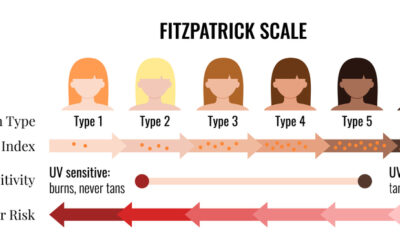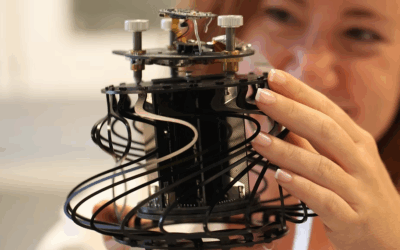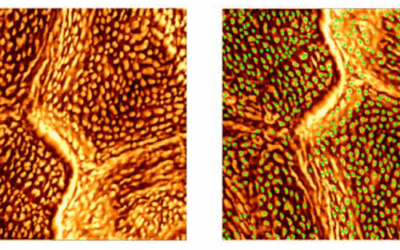A Review of Atomic-Force Microscopy in Skin Barrier Function Assessment
Scientific PublicationsA Review of Atomic-Force Microscopy in Skin Barrier Function Assessment
Journal of Investigative Dermatology, 143(10), June 2024
Skin barrier disorders like atopic dermatitis affect millions, causing itch, discomfort, and reduced quality of life. Traditional diagnostics often rely on subjective symptoms, which can be imprecise. This review explains how atomic-force microscopy (AFM) revolutionizes skin analysis by zooming in at the nanoscale. Using noninvasive tape-stripping, AFM examines corneocytes to reveal surface patterns (nanotextures) linked to disease severity, hydration levels, and even genetics. Loretta’s compact HS-DAFM makes this technology more accessible, moving it from labs to clinics. Overall, AFM offers a precise, quantitative tool for better diagnosis, treatment tracking, and personalized skin care.
Other articles
Skin Nanotexture Biometrics: A Novel Deep Learning Approach for Quantifying Atopic Dermatitis Severity Across Fitzpatrick Skin Types
Skin Nanotexture Biometrics: A Novel Deep Learning Approach for Quantifying Atopic Dermatitis Severity Across Fitzpatrick Skin TypesIFSCC 2025 Congress 2025, Full Paper (Abstract N° IFSCC2025-1771)This study presents a new deep learning method for objectively...
From bits to biometrics: sustainable hacking of optical storage technologies for atomic force microscopy and medical applications
From bits to biometrics: sustainable hacking of optical storage technologies for atomic force microscopy and medical applicationsJapanese Journal of Applied Physics 64 040804, 2025This article highlights how everyday tech from CD and Blu-ray players can be "hacked"...
Stratum corneum nanotexture feature detection using deep-learning and spatial analysis: a non-invasive tool for skin barrier assessment
Stratum corneum nanotexture feature detection using deep-learning and spatial analysis: a non-invasive tool for skin barrier assessmentGigaScience, 1-10, September 2024Building on prior work, this study improves atopic dermatitis severity assessment by refining...



